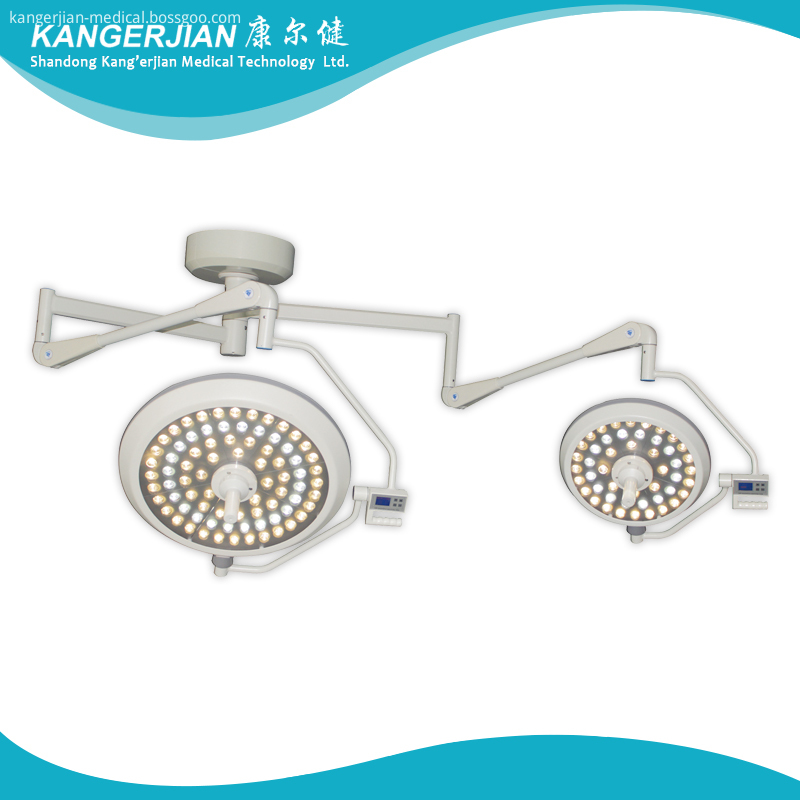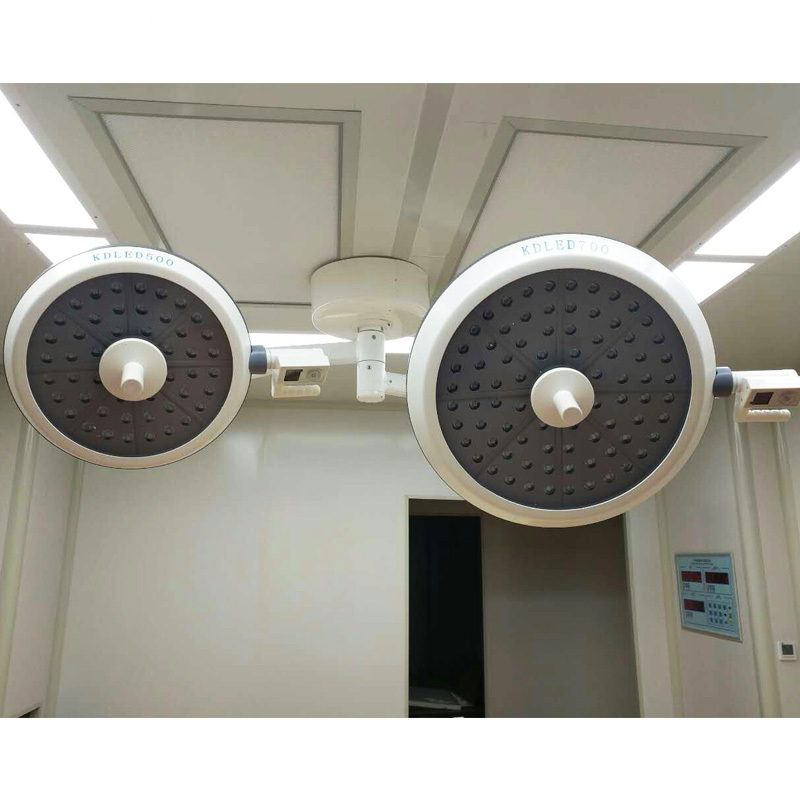Tenebrio, also known as yellow-powdered agar, belongs to the order Insecta, Coleoptera, Tetrigoidea, Meliaceae, originally a storage pest. In the taxonomy of insects, it belongs to Coleoptera, and it is intended to be used as a walker in the armor family. Commonly referred to as breadworms, nutrient content ranks first in all types of living animal protein. Therefore, it is known as "the treasure house of protein feeds" and is a kind of food insect with high protein, high calcium and high nutrition. Both domestic and foreign zoos use it as a meat feed for breeding rare birds and aquatic products. In recent years, it has gradually developed into a pet feed and a high-grade nutritional food applied to humans.
Tenebrio culture is characterized by insect experts as "silkworm" and "bees" because of its low investment, strong adaptability, high economic benefits, wide feed sources, simple feeding facilities, simple and easy-to-learn technology, and easy factory and family farming. "The third largest insect industry after that. According to studies conducted by relevant experts, insect-active proteins not only contain a large number of chitin, antimicrobial peptide defensins, and exogenous lectins that have special effects on the human body; they are also rich in essential amino acids and proteins, free amino acids, and vitamins. Mineral elements, unsaturated fatty acids and other nutrients, and the same proportion as the normal human body, can easily be absorbed and utilized. Tenebrio scale production and industrialization projects are the key projects for the national agricultural, animal husbandry and fishery harvest plan; it has been listed as a national key development project for the 4050 project and the National Spark Program. The attractive prospect of breeding the mealworms market is a good way to make a fortune in urban and rural areas. The tenebrio mites currently supplied by the Group are the new strains of Tenebrio cultivated by experts in the Expert Center of China Forestry, Animal Husbandry and Fishery Economics at the China Agricultural Research Institute. The breeds have high fecundity, short production period, and large individuals.
In winter, the cold temperature is very low. Tenebrio culture has reached a new stage. The northern farmers are particularly concerned about this issue. Now we summarize the winter breeding experience for reference only.
1. The house must be sealed.
In the winter in northern China, the weather is cold and windy. The sealing of houses is very important. Generally, nail plastic sheeting can be used. Conditional curtains can also be used to seal windows. The door must be covered with cotton curtains to prevent people from frequenting the hot air. If several houses are one, several houses should be opened to close the unused doors, and the curtains should be used to block them. If necessary, two doors can be set to reduce the direct entry of cool air into the room.
2. Strengthen heating work.
Heating facilities can be used coal stoves (usually briquette stoves, smoke is small, and easy to manage, should be the first choice), conditional or heating area can take the heating heating unity. When setting the number of coal stoves or heating, the temperature of adults and mortuary houses should be higher, and the temperature of larvae due to friction of their own worms can be appropriately lower (3 to 5 degrees lower). Special attention should be paid to heating in the evening, otherwise during the daytime heat, nocturnal cold bugs will not grow normally, and the day-night temperature should be kept above 10 degrees, otherwise it will not meet the growth needs of insects, but will increase the breeding cost. Humidity can be taken on the stove to solve the problem.
3, pay attention to prevent gas poisoning.
Insects also need to breathe, so they must also be careful to prevent gas poisoning. The method is to open a breathable hole before and after the windows of the house to cause convection of the air, which can effectively prevent poisoning of the gas. At the same time, it is necessary to seal the stove, keep the chimney safe, and prevent the smoke from flowing backwards. When the temperature is high at noon, the house door can be opened for brief ventilation.
4, feed to maintain a certain temperature.
The feeds and leaves that are fed on the day should be placed in the room in advance so that the temperature is close to the indoor temperature, so that the insects can not eat too cool feeds, which will prevent the temperature of the insects from falling due to illness and low temperature, and affect the normal growth. Conditions can be appropriately increased the proportion of corn meal, increase heat.
5, winter transportation
When transporting insects in winter, attention should be paid to two aspects. First, insects should be placed in a relatively low-temperature environment for a period of time before they are loaded, so that they can be adapted to the transportation environment. Second, they must be covered with canvas at the front of the vehicle when loading the vehicle. Prevent cold winds from blowing directly onto insects. At the same time, they should be installed immediately, reducing the exposure time of insects in the cold air.
In short, the winter feeding of Tenebrio should be based on its characteristics, strengthen management, control the temperature, ensure lower costs, increase revenue.
Kangerjian round type LED Operating Light LED bulb from OSRAM ,do not engender infrared ray and ultraviolet radiation, it doesn`t have the temperature rise and tissue damage caused by halogen shadowless light, can accelerate the wound healing after surgery, and has no Radiation pollution
Variety of Surgical environment lighting mode: bright, normal, endoscopic lighting mode.



Round Type Operating Light,LED Surgery Light,Led Surgery Ceiling Lamp,Surgical Shadowless Lamp
Shandong Kang'erjian Medical Technology Ltd. , https://www.operatingtable.nl